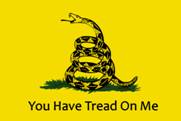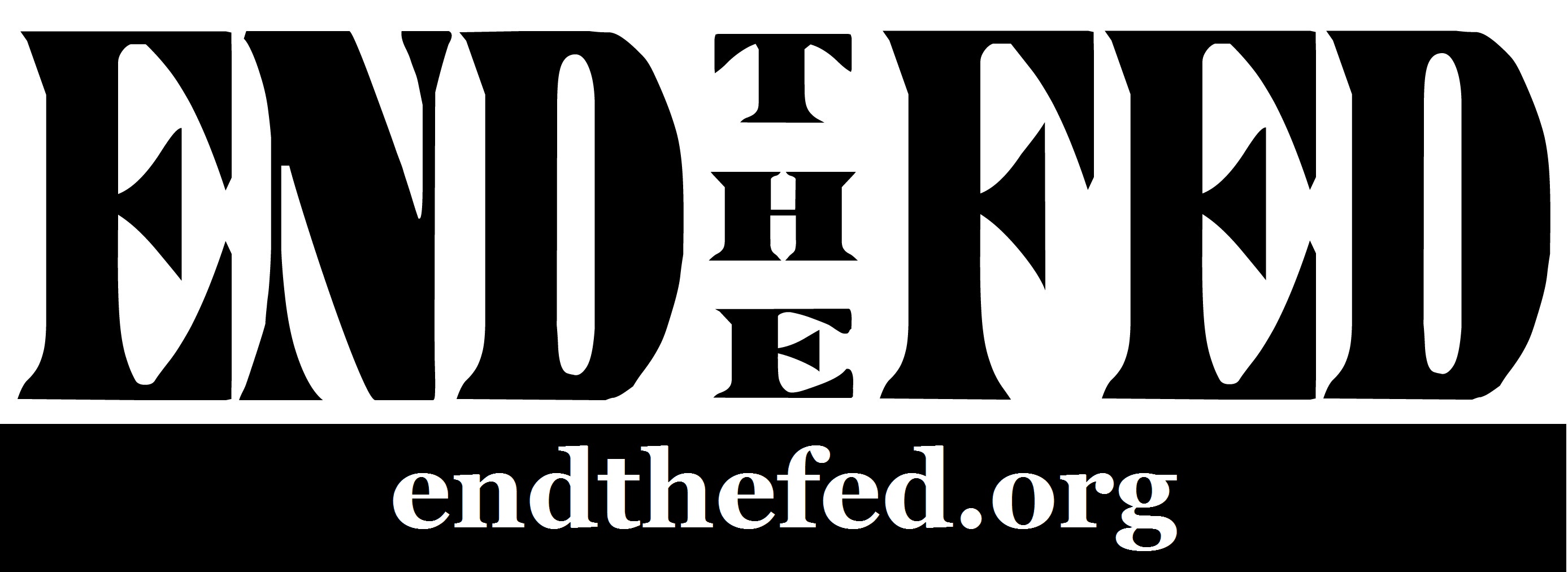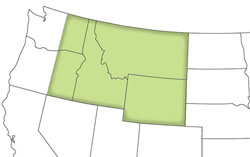Time and again, countries fall into tyranny because their citizens don’t appreciate their freedom anymore. Liberty is curtailed because the population has been tricked into demanding more centralized power over their lives and that of their neighbors. Understanding how guerrilla warfare can be applied today is an indispensable way to demonstrate that there is still a remnant of folks who won’t settle for anything less than real freedom, and this by itself, as well as in conjunction with other methods, can be used in turning the tide against tyranny.
Many libertarian political pundits assert that Americans would never win a people’s war against the enemy rebel government because “they have the guns,” that is to say, a monopoly on the initiation of coercive force. In their attempt to demonstrate the illegitimacy of absolute government, they idiotically support the notion that the US federal government is omnipotentally all-powerful, thereby further cementing the firm stranglehold on power the rebels already have on our Liberties. If these libertarians spent half their time on theoretical abstractions, and more of it on guerrilla warfare, then perhaps the tyrants would’ve been out of power by now.
It’s not impossible to imagine such a thing, for guerrilla warfare is a significant part of American history, especially considering that much of it was learned from the various Indian nations. The trick is for contemporary guerrillas to learn how to operate within the context of early 21st century technology, particularly in light of advanced surveillance technologies that track, trace, and scan everyone – all the time – about everything. A guerrilla of this caliber could be called a “neo-guerrilla,” who is described by the author as:
“If the US is one of the last great hopes for freedom – and it falls – where would you receive help for your struggle to free it? Would you be doomed to failure if there was no sympathetic outside government willing to help you fight for liberty? In fact, this isn’t true. There are several reasons for this. One is that today’s affluency in the West has produced a higher standard of living than has ever been known before in history…[t]he big plus of this situation is that this affluence allows you – and others like you – to purchase supplies for your own guerrilla movement if you wish to do so. Rather than buying and sending supplies to the battlefront, you can ship them – over time – to yourself. You can store your supplies for the bad times which may come. Thus we find, perhaps for the first time in history, that freedom fighters are able to stockpile supplies for their own operations. In effect, would-be freedom fighters in the US can lift themselves by their bootstraps without outside support. This must certainly mark the beginning of a new type of guerrilla.”
Such a “new type of guerilla” would be a necessary role to play, since not every dissident is going to be able, or willing, to just hoist a backpack and leave their entire lives behind. But doesn’t guerrilla warfare require at least a significant percentage of the population for popular support before operations can commence? Long explains:
“The reason for the need of a critical percentage of unskilled fighters to do any real damage to a government, in the past, was that the guerrillas couldn’t raise food and fight at the same time. One small percentage fought while a larger percentage eked out the support for themselves and the fighters. But this isn’t necessarily valid with a neo-guerrilla movement. Our higher standard of living allows one person to feed himself and still have time and money left over…[m]odern machinery also makes it possible for one to do the work of many. By the same token, modern weapons, technology, and training can greatly enhance the ability of a much smaller percentage of a population to wage a successful guerrilla campaign against a totalitarian government.”
This is a truly original perspective on the historical development of guerrilla warfare, if Long is correct. While it is true that Che Guevera thought that insurrections can create the conditions for revolution without having to wait for them to come of their own accord (if they ever do), the traits of guerrilla warfare, as laid out by John Ellis, do assume that the guerrilla population is a horrendously poor one. Long elaborates on this by saying that:
“So, the ten percent figure is correct IF the guerrilla fighters are untrained peasants. In the 20th Century the population of the US is capable of obtaining high levels of skills in fighting BEFORE the actual conflict. It’s likely that the percentage of the population needed, and the potential damage each fighter is capable of, must certainly swing in the favor of such self-trained resistance fighters. Likewise, in a culture capable of having time for recreation and hobbies, it should also be possible for a freedom fighter to engage in neo-guerrilla activities, as much as he or she would pursue a hobby. Only this ‘hobby’ would be deadly serious. In fact, it’s not inconceivable that a neo-guerrilla might make the transition into the period following the takeover of the US by a despot without a problem. At the risk of sounding simplistic, it may be that the time of the comic book ‘caped crusader’ – who’s a ‘normal guy’ during the day and a masked defender of liberty and justice during the night – may soon be upon us.”
This factor of time is crucially important, for without it, we’d be caught with our pants down (proverbially speaking, of course), like virtually all guerrillas in human history. So, anyone who ridicules the necessity for field-training exercises (FTXs), or food storage, has their head up their ass. Long explains this concept another way:
“This book is a sort of ‘life insurance policy’ that, by simply being available to the public and sitting on bookshelves all around the world, will help to warn would-be dictators of what they will face if they try to take away our freedoms. As the founding fathers of the US knew, giving the public the knowledge and tools necessary to topple a government makes it less apt to become overbearing. This knowledge and skill will protect you and help keep things from coming unglued. Your ability to wage a neo-guerrilla war is thus a two-edged sword. One edge will help to prevent the erosion of our rights and other can fight tyranny should it befall our civilization.”
Ergo, you keep the peace by preparing for a people’s war, which is the whole point behind the Second Amendment to the United States Constitution (which was made possible only due to the tireless efforts of the Anti-Federalists). However, you shouldn’t possess any illusions that such a struggle would be a walk in the park, for Long says:
“Of course, being a guerrilla is not without its stress. Failure to avoid detection or capture means not only death, but torture and perhaps retribution upon family, friends, or community. Guerrilla warfare of any type is not a game. A neo-guerrilla action should not be entered into lightly. The neo-guerrilla technique is a solution to the problem of a loss of liberty. As such, engaging in preparing to be a neo-guerrilla is a small price to pay to remain free – or to win back your freedom.”
Just as Jan Karski discovered during the German occupation of Poland. You’d think, then, that American political dissidents would take the initiative and act accordingly, but such is unfortunately not the case. Long continues:
“The smaller your ‘inner circle’ of neo-guerrillas, the better. Ideally, you’d work alone. This would keep you or your friends from betraying others in the organization, if any of you are caught. This would prevent secret police from infiltrating your neo-guerrilla movement, or breaking up with the capture of one member of the resistance…[i]f you must operate with a small group of like-minded underground individuals, then it’s important that all be free of potential criminal entanglements. Breaking the law will cause your cadre to come under scrutiny. As long as you appear to be sheep that have knuckled under to the oppressors, you’ll be able to operate.” [emphasis added]
In other words, emulate George Hayduke; barring that, recruit for a security team. Either way, it would behoove you to read up on the nature of the secret police and how to evade their traps. Regarding whether or not to violate mala prohibtia, Long had this to say:
“Whatever your guerrilla actions, and however helpful they might be toward furthering freedom, be sure to always ask yourself if the results would be worth forfeiting YOUR life for. If the answer is ‘no,’ then the ‘blow against the empire’ isn’t worth making.”
Put another way, don’t do the “crime” if you ain’t willing to do the time, should you be captured. Essentially, this is appealing to the agorist precept of trading risk for profit; “profit,” in this context, should be considered as of a non-monetary nature, that is to say, an increase in liberty. The rest of the Long’s book is fascinatingly detailed about how to actually conduct guerrilla operations here in the United States, although I do have two chief criticisms of his book, which I would like to address.
First, he seems to think that it’s important whether martial law is declared by the government (with all of the concomitant Hollywood movie imagery of infantry troops manning concertina-laced checkpoints asking for your papers). In light of the incremental erosion of all of our Liberties, expecting an official declaration of anything from the enemy rebel government is, frankly, well…just, silly. This slow motion coup d’état of theirs works for them just fine, so there is no reason for them to alter course; if anything, they have every reason not to accelerate their despotic program of death and destruction upon us, because they need their tyranny to proceed very slowly in order to not arouse too much popular resistance to their multi-faceted agenda. Why should the neo-guerrilla not take the initiative? What the hell is he waiting for, precisely? Wouldn’t such unnecessary waiting be contradicting Che?
Secondly, Long finishes this otherwise terrific book by promoting reformism, as a way of heading off the need for future guerrilla activity, thereby watering down the motivation for the reader to take the supermajority of the book, that he just read, very seriously at all (perhaps, unwittingly). He does this by advocating not only for voting, but also for writing your congresscritter and letters to the editor! Needless to say, it should serve as a reminder to dissidents to not settle for reformism if you are preparing for a revolution later; all I’m saying is that consistency is important, and such lopsided attempts at hedging your bets is not conducive to maintaining the integrity of your political message. But what the hell…if you feel so inclined as to test the effectiveness of reformism, then please do so by filing the Under One Banner petition with “your” Congressman and two Senators, and then gauge by their response to it (or lack of one) what the implications of their actions seems to demonstrate to you.
Duncan Long’s To Break a Tyrant’s Chains: Neo-Guerrilla Techniques for Combat is a uniquely fascinating examination into how a revolution could be conducted in the modern world when taking modern technology, extensive government troops, and battlefield weapons into consideration. It demonstrates that it is realistically possible to monkey-wrench and otherwise cause grief against the tyrants who are hell-bent on our destruction. It is my sincerest wish that libertarians get off their phony moral high horse and really study warfare, just as seriously as they study economics, so that each of us can move towards the right side of the other (not so) thin line that much easier.






















Pingback: Grassroots Lobbying Does Not Work: A Review of Chris Cantwell’s “Anarcho-Lobbyist” Series (Season One) | From the Trenches World Report
Pingback: Grassroots Lobbying Does Not Work: A Review of Chris Cantwell's "Anarcho-Lobbyist" Series (Season One) - Liberty Under Attack